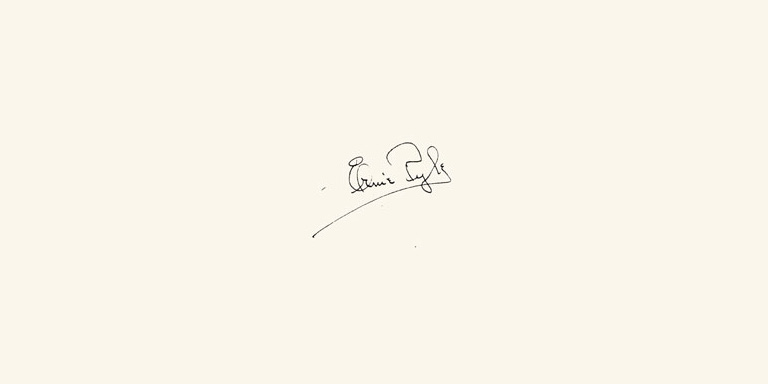This is the first of several columns that Pyle wrote about a tank battle – this one telling the story of a U.S. defeat.
THE TUNISIAN FRONT, March 1, 1943 – This . . . will be an attempt to describe what [the beginning of] a tank battle looks like.
Words will be poor instruments for it. Neither can isolated camera shots tell you the story. Probably only Hollywood with its machinery of many dimensions is capable of transferring to your senses a clear impression of a tank battle.
The fight in question was the American counterattack on the second day of the battle at Sidi-Bou-Zid which eventually resulted in our withdrawal.
It was the biggest tank battle fought so far in this part of the world. On that morning I had a talk with the commanding general some ten miles behind the front lines before starting for the battle scene.
He took me into his tent and showed me just what the battle plan was for the day. He picked out a point close to the expected battle area and said that would be a good place for me to watch from.
The only danger, he said, would be one of being encircled and cut off if the battle should go against us.
"But it won’t," he said, "for we are going to kick hell out of them today and we’ve got the stuff to do it with."
Unfortunately, we didn’t kick hell out of them. In fact, the boot was on the other foot.
I spent the forenoon in the newly picked, badly shattered forward command post. All morning I tried to get on up where the tanks were but there was no transportation left around the post and their communications were cut off at noontime.
We sat on the ground and ate some British crackers with jam and drank some hot tea. The day was bright and mellow. Shortly after lunch a young lieutenant dug up a spare jeep and said he’s take me on up to the front.
We drove a couple of miles east along a highway to a crossroads which was the very heart center of our troops’ bivouacs. German airmen had been after this crossroads all morning. They had hit it again just a few minutes before we got there. In the road was a large crater and a few yards away a tank was off to one side, burning.
The roads at that point were high and we could see a long way. In every direction was a huge semi-irrigated desert valley. It looked very much like the valley at Phoenix, Arizona – no trees but patches of wild growth, shoulder-high cactus of the prickly-pear variety. In other parts of the valley were spotted cultivated fields and the tiny square stucco houses of Arab farmers. The whole vast scene was treeless, with slightly rolling big mountains in the distance.
As far as you could see out across the rolling desert, in all four sections of the "pie" formed by the intersecting roads, was American equipment – tanks, half-tracks, artillery, infantry – hundreds, yes, thousands of vehicles extending miles and miles and everything standing still. We were in time; the battle had not yet started.
We put our jeep in super low gear and drove out across the sands among the tanks. Ten miles or so east and southeast were the Germans but there was no activity anywhere, no smoke on the horizon, no planes in the sky.
It all had the appearance of an after-lunch siesta but no one was asleep.
As we drove past tank after tank we found each one’s crew at its post inside – the driver at his control, the commander standing with head sticking out of the open turret door, standing there silent and motionless, just looking ahead like the Indian on the calendars.
We stopped and inquired of several what they were doing. They said they didn’t know what the plan was – they were merely ready in place and waiting for orders. Somehow it seemed like the cars lined up at Indianapolis just before the race starts – their weeks of training over, everything mechanically perfect, just a few quiet minutes of immobility before the great struggle for which they had waited so long.
Suddenly out of this siesta-like doze the order came. We didn’t hear it for it came to the tanks over their radios but we knew it quickly for all over the desert tanks began roaring and pouring out blue smoke from the cylinders. Then they started off, kicking up dust and clanking in that peculiar "tank sound" we have all come to know so well.
They poured around us, charging forward. They weren’t close together – probably a couple of hundred yards apart. There weren’t lines or any specific formation. They were just everywhere. They covered the desert to the right and left, ahead and behind as far as we could see, trailing their eager dust tails behind. It was almost as though some official starter had fired his blank pistol. The battle was on.



